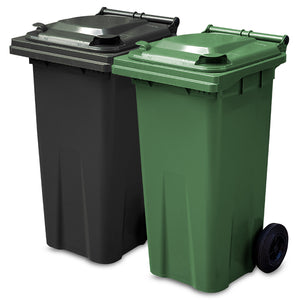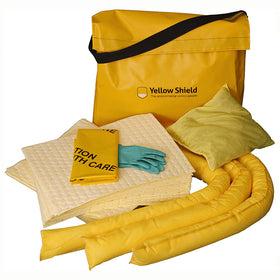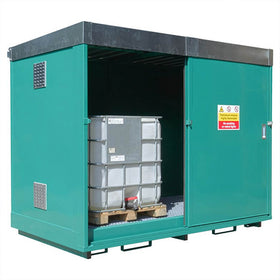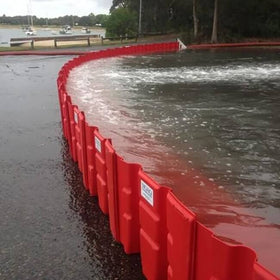Is spill containment required?
Spill control is a critical aspect for businesses across various industries. It not only helps to protect the environment but also ensures the safety of employees and prevents costly damage to property and equipment. In this article, we will explore the importance of spill containment and the regulations surrounding it in England and Scotland.
Secondary Spill Containers
When it comes to spill containment, one of the key elements is the use of secondary spill containers. These containers are designed to capture any spills or leaks that may occur from primary storage containers such as drums or tanks. By placing these secondary containers underneath the primary ones, you’re able to prevent the spread of hazardous substances and minimise the risk of contamination.
Example: Secondary Spill Pallets
Secondary spill pallets are commonly used in industries that deal with hazardous liquids or chemicals. These pallets are designed to hold multiple drums or containers, providing a secure and contained area in case of spills. They are typically made from sturdy materials such as polyethylene, which can withstand the harsh chemicals and prevent leaks from reaching the surrounding area.
Spill Kits
Another essential component of spill control is the use of spill kits. These kits are specifically designed to enable quick and effective response to spills, allowing businesses to contain and clean up any hazardous substances promptly. Spill kits usually include absorbents, containment booms, gloves, goggles, and other necessary equipment to handle spills safely.
Example: Oil Spill Kits.
In industries such as oil and gas, where the risk of spills is higher, specialised oil spill kits are used. These kits contain absorbents specifically designed to handle oil-based spills. They can quickly and efficiently soak up oil, preventing it from spreading further and causing environmental damage. Oil spill kits are an essential tool for businesses operating in environmentally sensitive areas or dealing with oil-based products.
Spill Containment Regulations in England and Scotland
Both England and Scotland have regulations in place to ensure businesses comply with spill containment requirements. These regulations aim to prevent pollution, protect public health, and maintain the integrity of the environment.
England: The Environmental Permitting (England and Wales) Regulations 2016
In England, the Environmental Permitting (England and Wales) Regulations 2016 outline the requirements for businesses to prevent and control spills. These regulations specify the need for appropriate containment measures, spill response plans, and regular inspections to ensure compliance. Failure to comply with these regulations can result in fines and other legal consequences.
Scotland: The Water Environment (Controlled Activities) (Scotland) Regulations 2011
In Scotland, the Water Environment (Controlled Activities) (Scotland) Regulations2011 govern the control of pollution from activities that may affect water. These regulations require businesses to have appropriate containment measures in place, as well as spill response plans and regular inspections. Non-compliance can lead to penalties and potential damage to the business's reputation.




